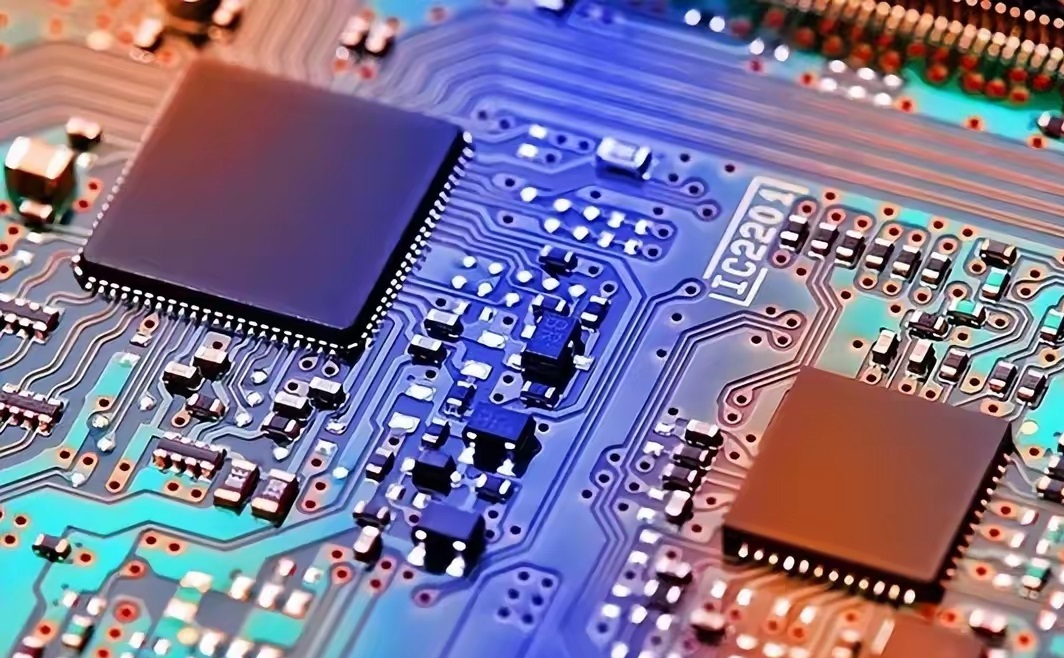
Recently, a report by the Vietnamese Ministry of Information and Communications on the ICT industry pointed out that in terms of sales of semiconductor chip exports to the United States, Vietnam currently ranks third in Asia, only behind Malaysia and Taiwan Province in China.
In addition, based on Vietnam's gross domestic product in 2023, its growth rate has dropped from 8.02% in the previous year to around 5.05%, far from the 6.5% target envisioned by the Vietnamese government and lower than the average economic growth rate of 5.87% in Vietnam over the past decade.
Meanwhile, the latest data from the US Census shows that as of February this year, US chip imports increased by 17% year-on-year, reaching $4.86 billion. Asia accounts for 83% of these imported chips. And Vietnam and Thailand's chip exports to the United States increased by 75% and 62% respectively. According to statistics, Vietnam has accounted for over 10% of US chip imports for seven consecutive months.
Therefore, in such a situation, the Vietnamese government hopes that semiconductor companies from the United States or other countries can invest in Vietnam, while export earnings are actually just one aspect of the factor. More importantly, the Vietnamese government wants to use this to enhance its technological strength and global competitiveness.
In recent years, the century long competition between China and the United States, especially in the semiconductor field, has provided many developing countries with new opportunities, especially those with weak presence such as Vietnam. They hope to take advantage of the competition between China and the United States and leverage their abundant rare earth and other rare metal minerals to help the United States promote industrial diversification and gain benefits in the global semiconductor industry supply chain.
Industry analysts point out that Vietnam is seeking cooperation with the United States in the semiconductor field, provided that Vietnam's exports of other goods are severely hindered, which will have a significant impact on its national economic development. Therefore, Vietnam hopes to achieve industrial transformation by becoming an investment destination for the semiconductor industry in the United States or other countries, and change the unfavorable situation of the country's long-term export of low-end and low value-added goods.
Previously, during President Biden's visit to Vietnam, he promised to encourage American chip companies to invest in Vietnam. And Vietnam has also shown a certain degree of sincerity, looking forward to investment in the US semiconductor industry. Therefore, chip cooperation between the United States and Vietnam seems to be a natural thing, but the absence of a US business delegation to Vietnam in the US semiconductor industry has brought many uncertain factors to the cooperation between the two countries in the semiconductor field.
Not only that, from the perspective of Vietnam itself, there are also many constraining factors that make the prospects of its chip industry layout development and industrial transformation dim.
Firstly, there is the issue of energy security, which is a major challenge facing Vietnam's industrial development. Northern Vietnam heavily relies on hydroelectric dams, and during the hottest months of the year, when electricity demand is highest, hydroelectric dams may dry up. At the same time, Vietnam's infrastructure also needs to be updated.
Secondly, the problem of labor shortage is constraining the development of Vietnam's semiconductor industry. Although the Vietnamese government has noticed the shortage of labor and instructed relevant departments to accelerate the cultivation of semiconductor industry talents, this is not a goal that can be achieved in the short term.
In addition, Vietnam's carbon emissions are also an important concern for investors. According to the trade agreement reached between the European Union and Vietnam, European companies conducting business with Vietnam must comply with increasingly strict carbon emission regulations, and Vietnam heavily relies on coal, making it difficult to reduce carbon emissions.
As is well known, semiconductors are an industry full of development opportunities, but currently it is also an industry with extremely fierce competition on a global scale, especially in Asian countries such as India and South Korea, which have also made industrial layouts. To stand firm and have a strong appeal in this industry, the human resources, energy, pollution, and other issues that must be solved are not overnight achievements. Therefore, with Vietnam's national strength and global influence, it is very difficult to achieve industrial transformation.

The U.S. third-quarter GDP growth rate, strikingly highlighted at 4.3%, not only surpassed market expectations but also earned the label of "the fastest in two years."
The U.S. third-quarter GDP growth rate, strikingly highligh…
Recently, US personnel intercepted a "Century" super oil ta…
According to Xinhua News Agency, the subtle changes in the …
The rapid development of artificial intelligence has brough…
In December 2025, Taiwan's political scene was shaken by a …
When Apple appears for the Nth time on the list of penaltie…